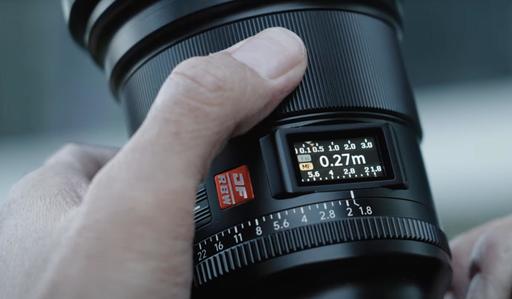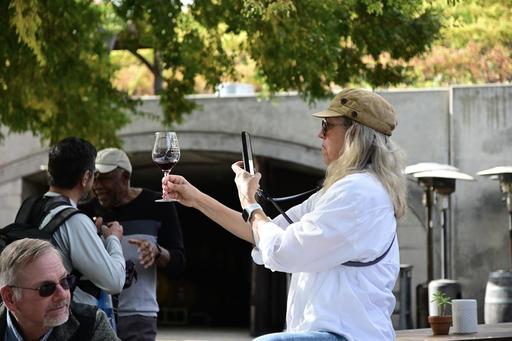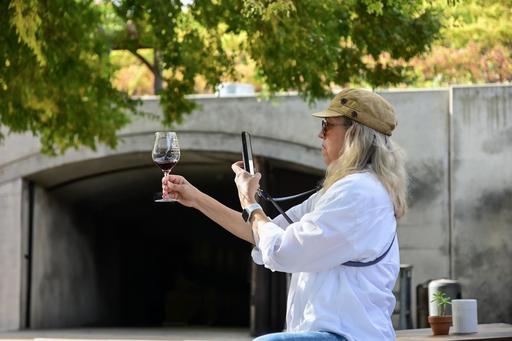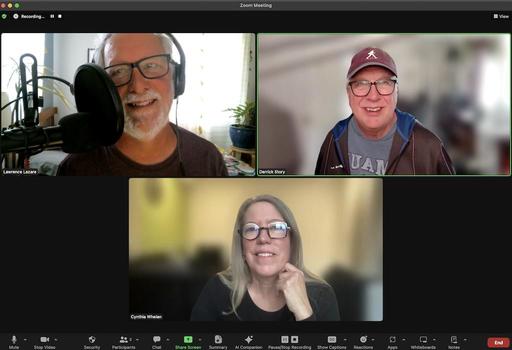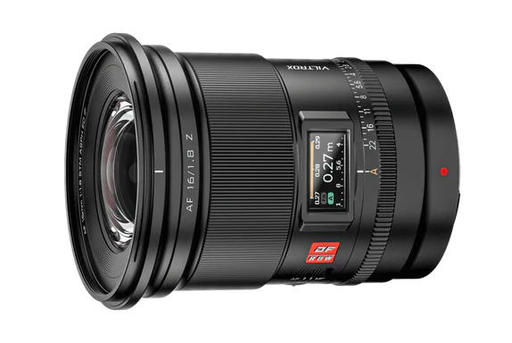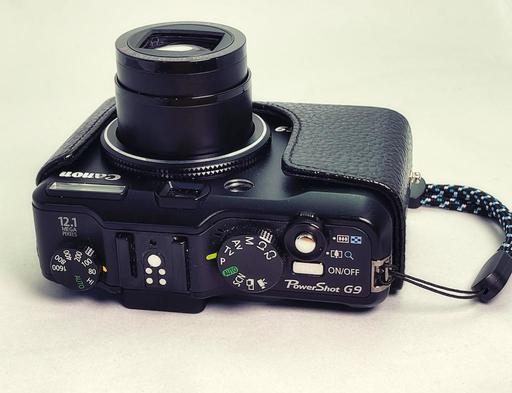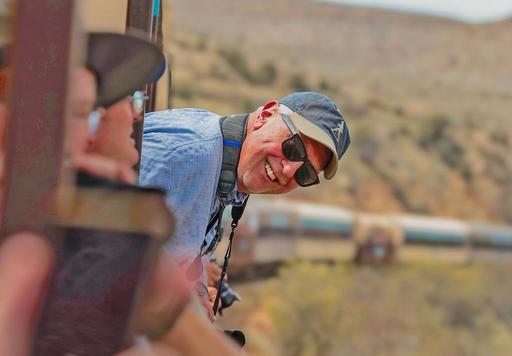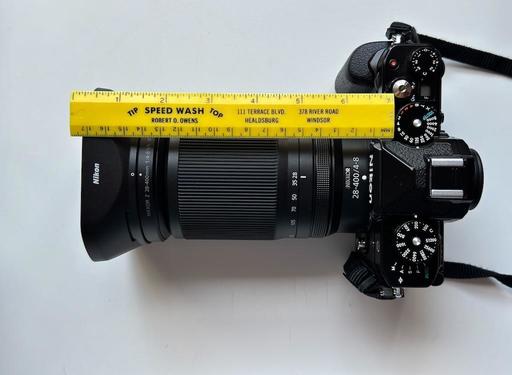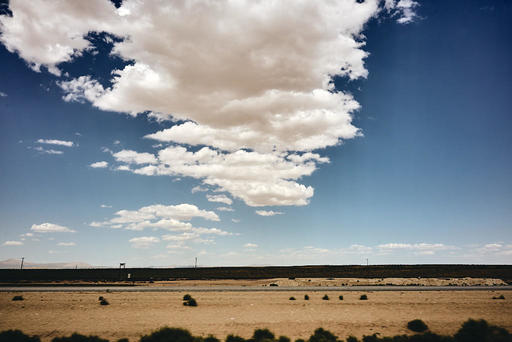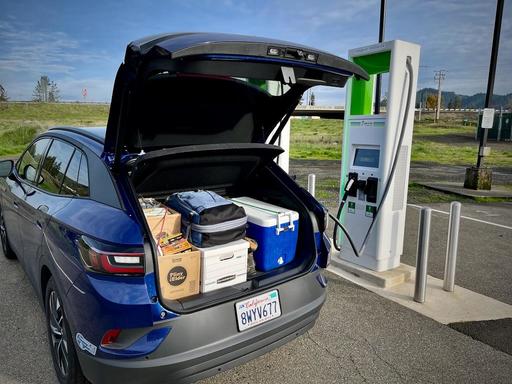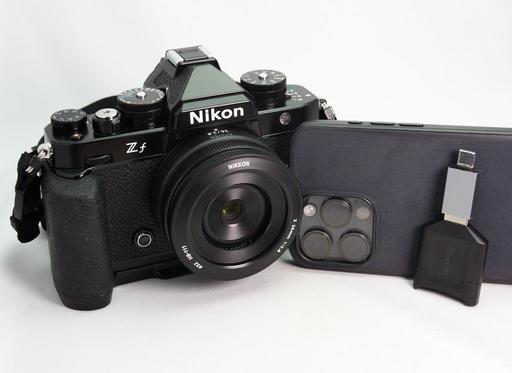This is The Digital Story Podcast #950, June 4, 2024. Today's theme is "A Yay Lens, a Nay Lens, and an It Depends Lens." I'm Derrick Story.
Opening Monologue
There's been lots to talk about regarding photography gear lately. Sigma has been on an impressive roll, Panasonic released the full-frame S9 with a companion pancake lens, and Viltrox continues its steady march to fame and fortune. And as you can imagine, all lenses are not created the same, and there are definitely yays and nays with these latest announcements. In today's TDS Photography Podcast, we will separate the cheers from the jeers. I hope you enjoy the show.
Tune-In Via Your Favorite Podcast App!
Apple Podcasts -- Spotify Podcasts -- Stitcher
Podbean Podcasts -- Podbay FM -- Tune In
A Yay Lens, a Nay Lens, and an It Depends Lens
The Yay: The Sigma 28-45mm f/1.8 DG DN Art Lens (Sony E)
The 28-45mm f/1.8 DG DN Art Lens, the world's first zoom lens for full-frame mirrorless cameras with an f/1.8 aperture throughout the entire zoom range. Featuring prime-like optical performance and video-friendly design and functionality, its wide-to-normal focal range means a lighter kit bag without surrendering image quality.
Things to like about the Sigma 28-45mm
- Two AFL buttons
- Focus mode switch
- Super multilayer and nanoporous coatings
- Water- and oil-repellent coating on the front element
- Dust- and splash-resistant design
- Durable brass bayonet mount
The lens features a total of 18 elements in 15 groups, with three aspherical and five Special Low Dispersion elements to minimize flare and ghosting and suppress various aberrations. This results in an optical performance that meets or exceeds that of other Sigma Art lenses, including the primes. Along with its 11-blade, rounded diaphragm, the design promotes sharpness and a large, smooth bokeh when used wide open.
In addition to the f/1.8 maximum aperture, the lens also maintains an 11.9" minimum focusing distance across the entire zoom range. It achieves a maximum magnification ratio of 1:4 at its longest focal length, increasing depth of field and versatility in tight spaces.
On the downside, there is size and weight. Dimensions are 3.5 x 6", weight is 2.1 lb, and the front filter size is 82mm.
You can preorder the Sigma 28-45mm f/1.8 DG DN Art Lens (Sony E) for $1,349. It will also be available in the Leica L mount.
The Nay: The Panasonic 26mm f/8
This little pancake lens was designed to go with the new full frame Panasonic S9 camera. In terms of aesthetics, it accomplishes that goal. In order to convey the compactness of the S9 body, you want a small optic. That makes sense.
But, in terms of usefulness, this little guy really falls short. Here are a few examples why.
- Manual focus with no AF
- No focusing scale to help you estimate
- Locked f/8 aperture
- No filter ring
- Plastic lens mount
- $198 price tag
Yes, we've seen lenses like this in the past, but they weren't intended to be the primary shooters, and they cost half the amount. Up the road, this would be a fun addition. But as the introductory optic with a debut camera, not a great choice.
All that being said, if you want one of these, you can preorder the Panasonic Lumix S 26mm f/8 Lens (Leica L) for $198.
The It Depends Lens: The Viltrox AF 16mm f/1.8 FE Lens (Nikon Z)
Featuring an ultra-wide angle of view for Nikon Z-mount full-frame cameras, the Viltrox AF 16mm f/1.8 FE Lens is an ideal choice for a wide variety of photographic pursuits, including landscape and architecture photography, astrophotography, and creative videography requiring close-up capabilities with expansive backgrounds.
Things to like about the Viltrox 16mm
- Easy-to-access aperture switch enabling clicked and de-clicked operation. When switched to OFF, the stepless aperture mode quietly facilitates smooth depth-of-field transitions during video shooting.
- Built-in AF/MF switch for quickly alternating between autofocus and manual focus modes.
- Fn1 and Fn2 custom buttons allow for rapid access to key functions with select Sony cameras.
- Sophisticated LCD screen displays important shooting information including object distance, Fn icons, and aperture identification.
- An all-metal body and brass bayonet mount for a professional and reliable connection.
- Dust-proof and water-resistant design for use in adverse weather conditions.
- USB-C interface for firmware upgrades.
- Compatible with 77mm filters for optional widely available landscape filters.
That's a lot of lens for $549. But the "It Depends," at least for me, is can I justify buying a fixed focal length ultrawide optic? I'm not a night sky photographer, I don't shoot architecture professionally, and I already have the Viltrox 20mm that I really like.
You can preorder the Viltrox AF 16mm f/1.8 FE Lens (Nikon Z) for $549. It will also be available in the Sony E mount.
Panasonic Explains Stock Photos on S9 Website: A Mindset From 'Over 20 Years Ago'
You can read the entire story on Petapixel.com.
Movie Director Christopher Nolan Has Some Great Advice for Photographers
You can read the entire story on Fstoppers.com.
Virtual Camera Club News
The Nimble Photographer Newsletter is now publishing every Thursday. Readers will enjoy a variety of content spanning from short photo essays, to commentary on weekly events, to reviews of the latest and coolest photo gear.
Inner Circle Members: A big thanks to those who support our podcast and our efforts! We are having a blast at our new Inner Circle hangout, the private group I've set up at DerrickStoryOnline. We'd love it if you join us. You can become an Inner Circle Member by signing up at our Patreon site. You will automatically be added to the new hangout.
Great Photography Articles on Live View - If you check out our publication and appreciate what you see, be sure to follow us and clap for those authors. You can find us at medium.com/live-view.
If you're interested in writing for Live View, drop me a line at dstory@gmail.com.
The New Donation Kit for Carefree Shipping of Found Film Cameras - If you've discovered a film camera that's no longer being used, our new Donation Kit makes it easy to pack and ship. Just visit the Contact Form on thenimblephotographer.com, click the box next to Donating a Film Camera, and let me know what you have. In your note, be sure to include your shipping address.
Affiliate Links - The links to some products in this podcast contain an affiliate code that credits The Digital Story for any purchases made from B&H Photo and Amazon via that click-through. Depending on the purchase, we may receive some financial compensation.
Red River Paper - And finally, be sure to visit our friends at Red River Paper for all of your inkjet supply needs.
See you next week!
You can share your thoughts at the TDS Facebook page, where I'll post this story for discussion.
